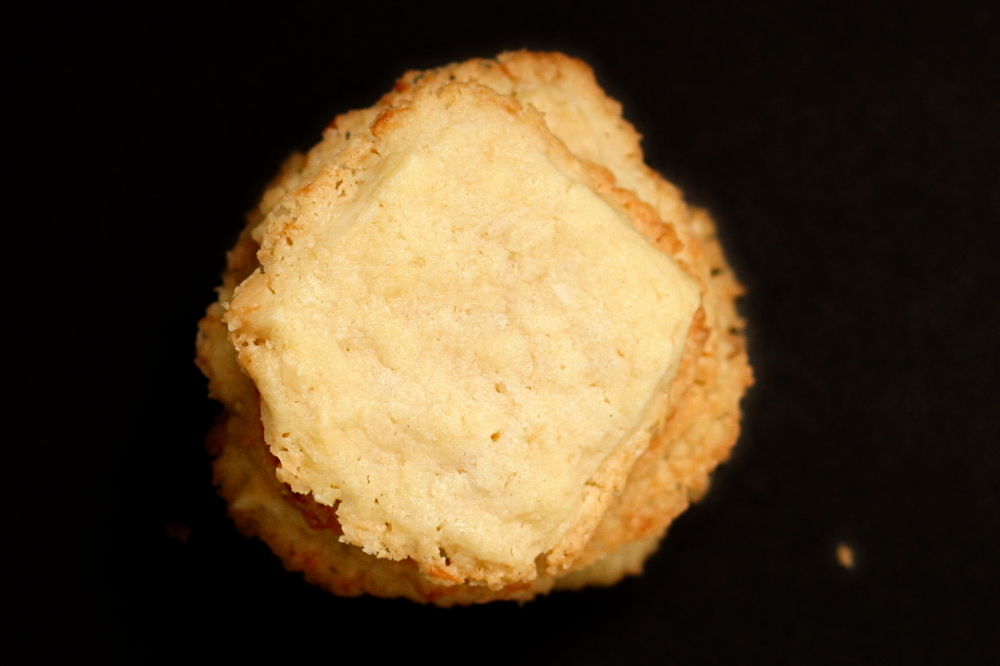
There was some confusion among the Tuesdays with Dorie group about this recipe. Are the cookies supposed to retain their shape as they’re baked, like a classic shortbread cookie? Or are they supposed to become thin, as the title implies, and wafery and lacy, as Dorie describes them? I think it’s clear what side of the debate I’m on…
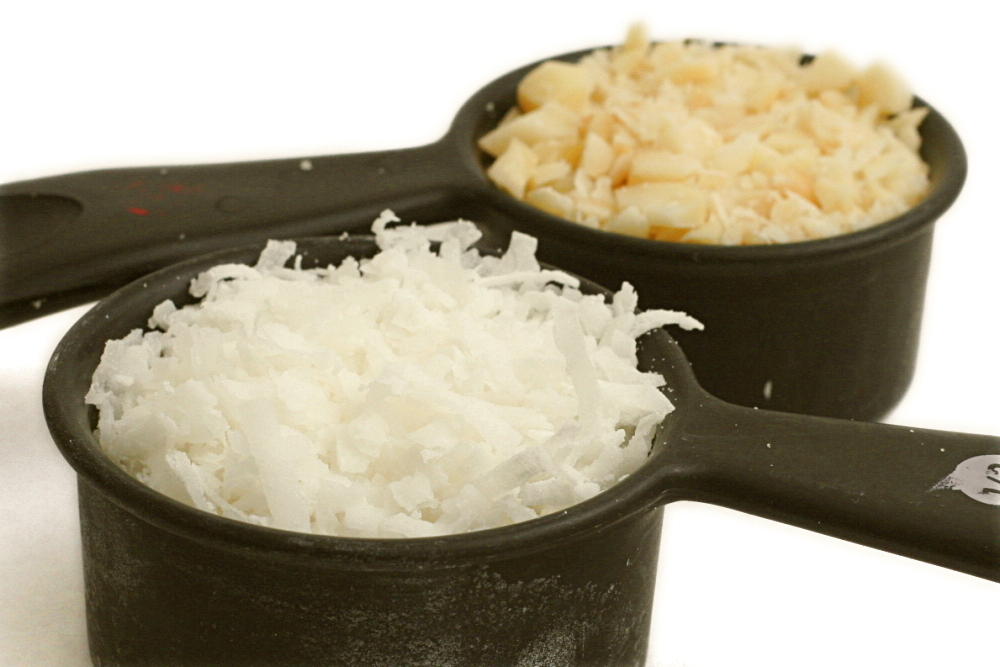
The cookies are mixed like shortbread, with no eggs and no leavener. Coconut, macadamia nuts, and lime zest is added to give them a tropical flavor. The dough is rolled out in a ziploc bag, chilled, then cut into squares and baked.
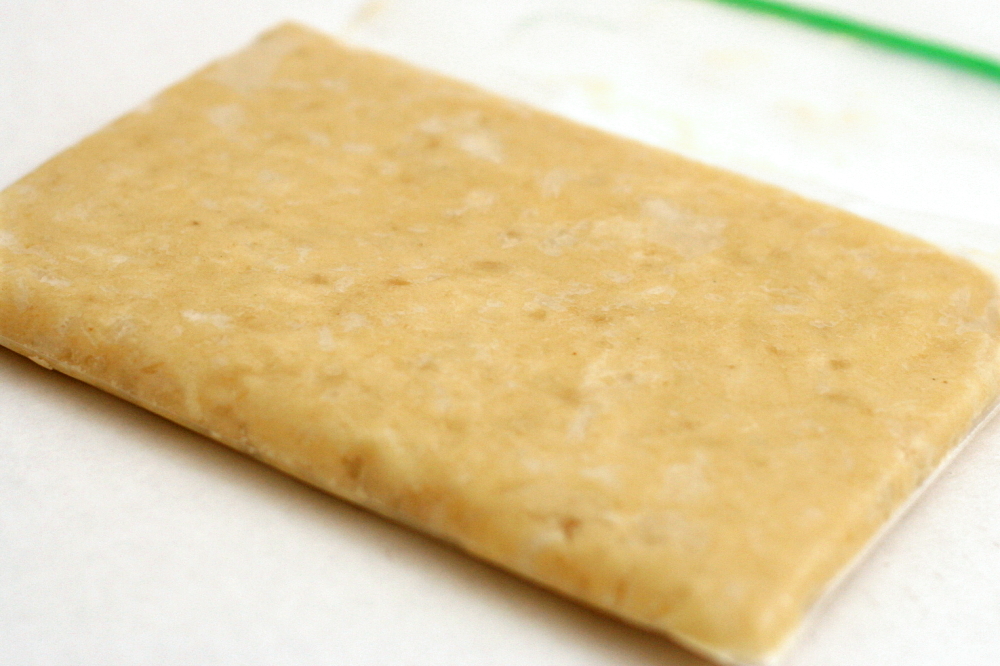
The cookies go into the oven with a thickness of ¼-inch, and, for me, they came out substantially thinner. But, again, Dorie makes clear that there’s supposed to be a lot of room between the cookies on the sheet, and they are called Coconut Butter Thins, after all. If you’d like them to look more like a classic shortbread, I’d increase the baking temperature to 375F, decrease the baking time substantially, and freeze the dough before baking.
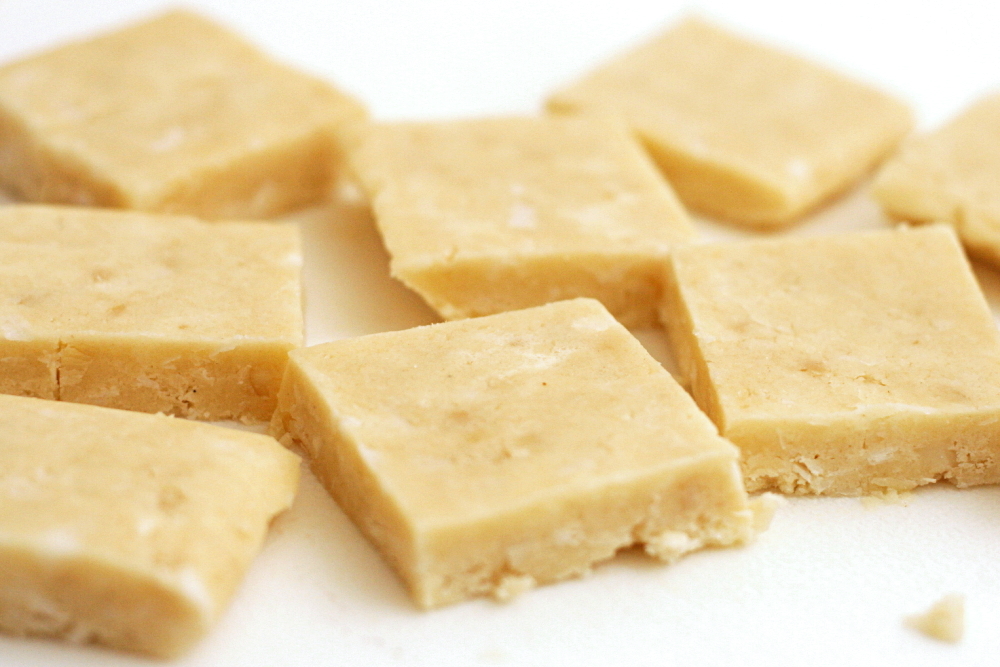
I increased the salt a bit, because I’ve found that I like my sweets saltier than Dorie. I also forgot to buy a lime (twice), so I just sprinkled in some lemon extract instead of using lime zest.
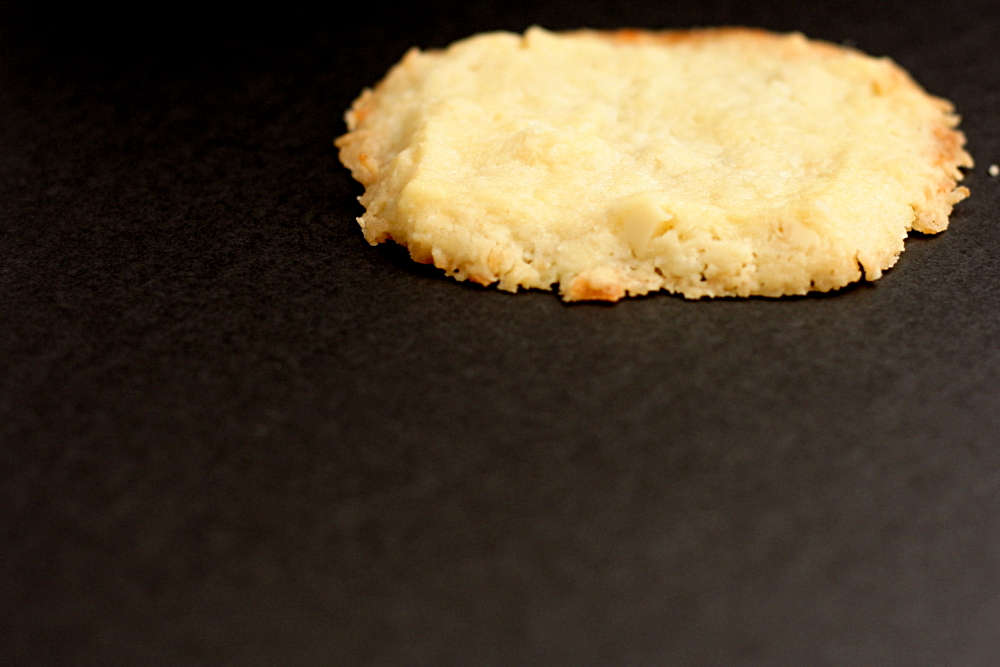
I thought they were pretty great. The edges were crispy and the center was tender. The coconut flavor was subtle, but that and the nuts gave the cookie some depth. Jayne has the recipe posted.
One year ago: Bagels
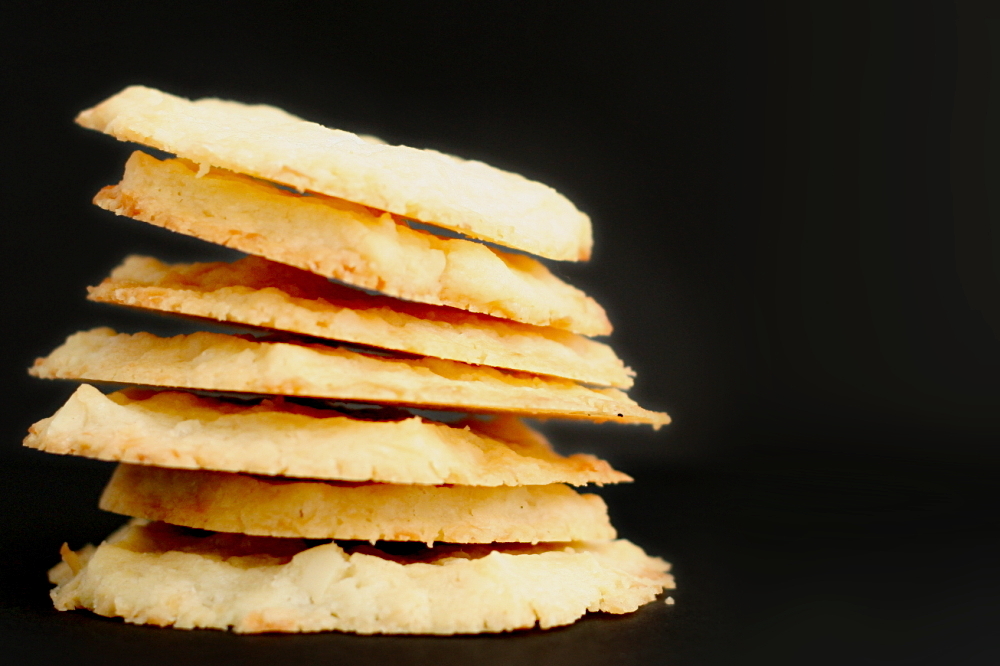
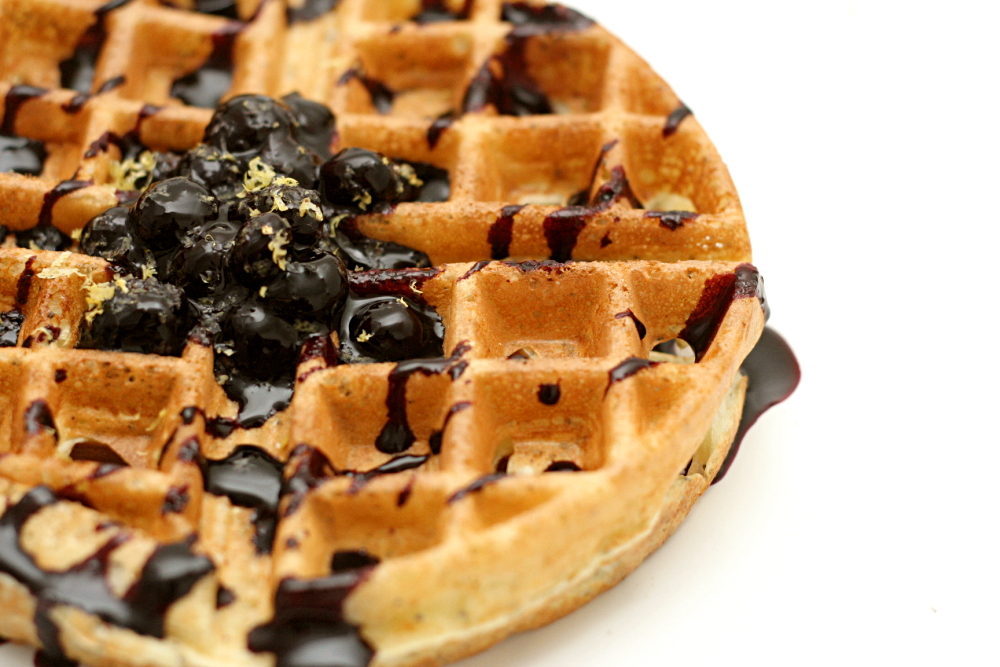
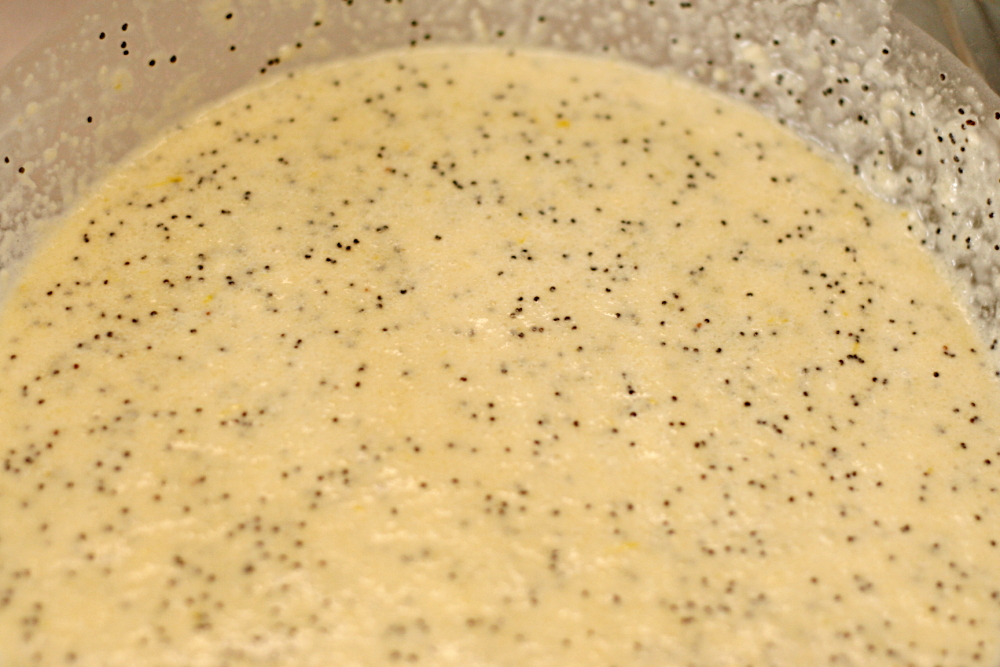
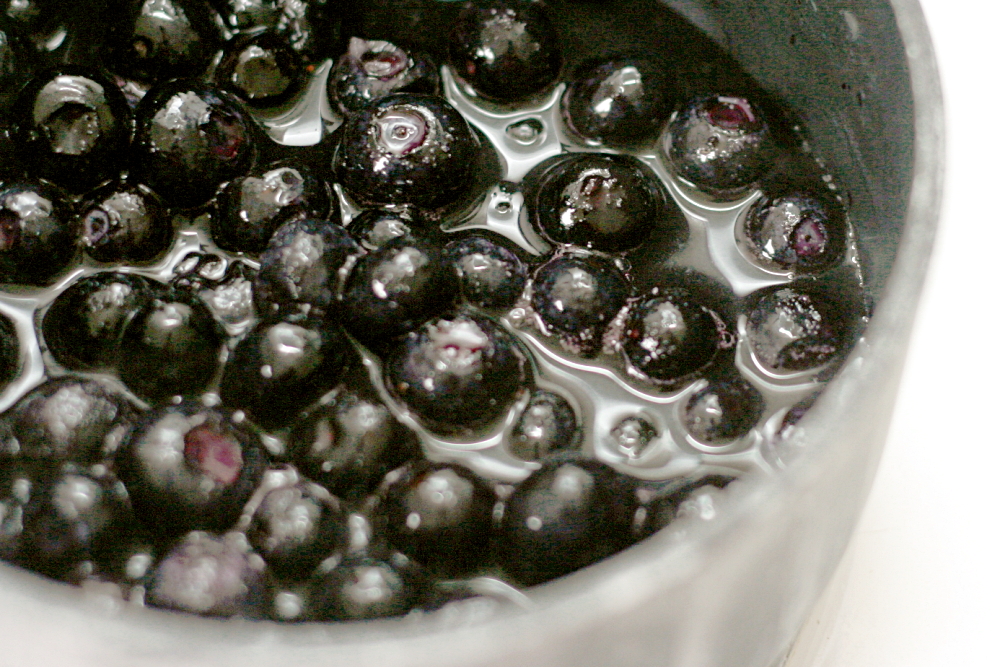
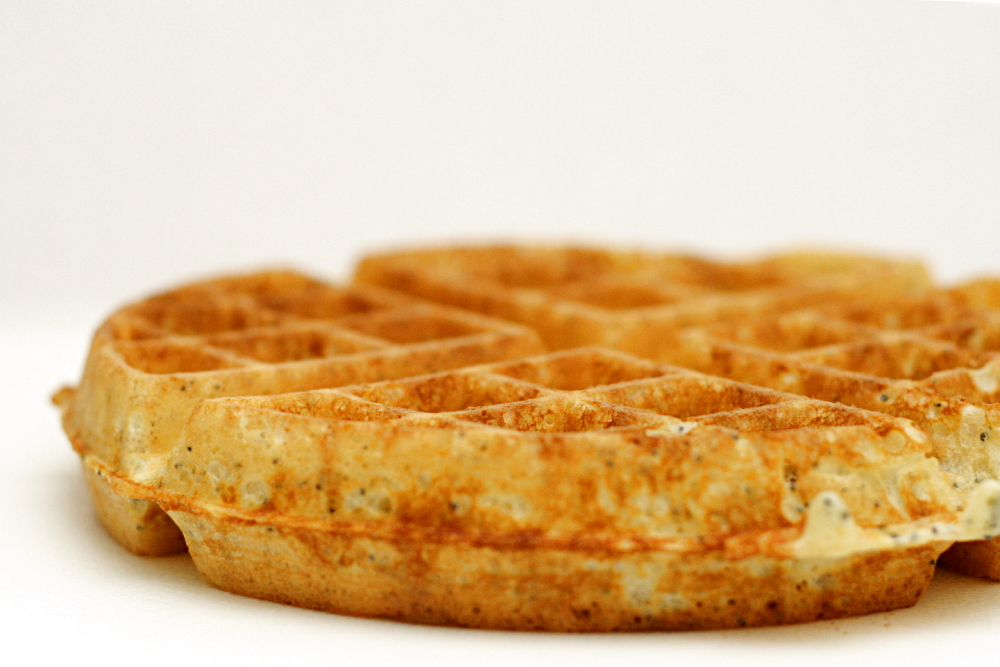
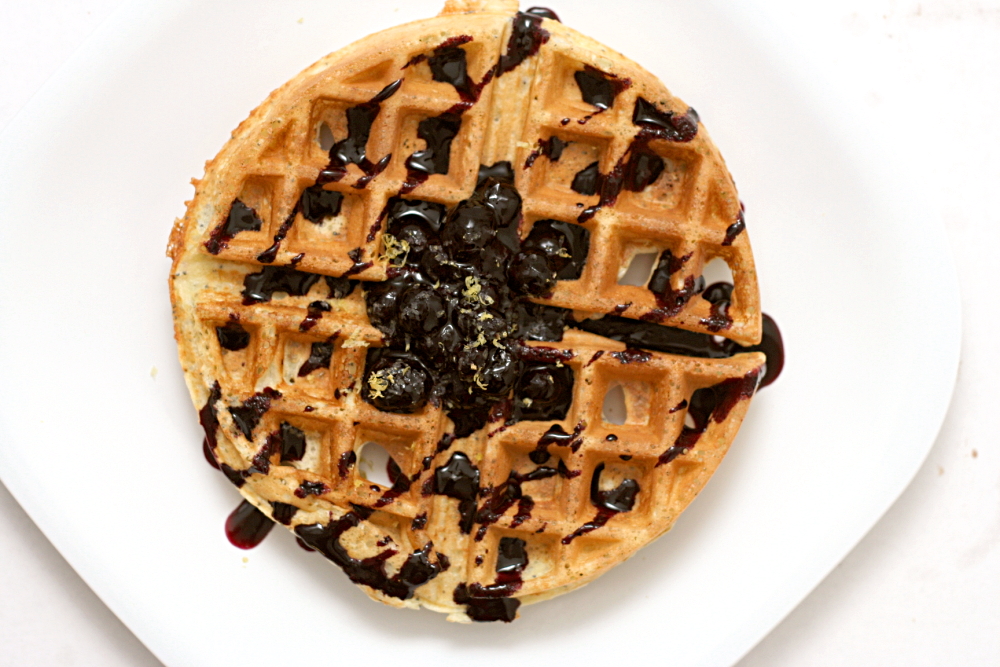
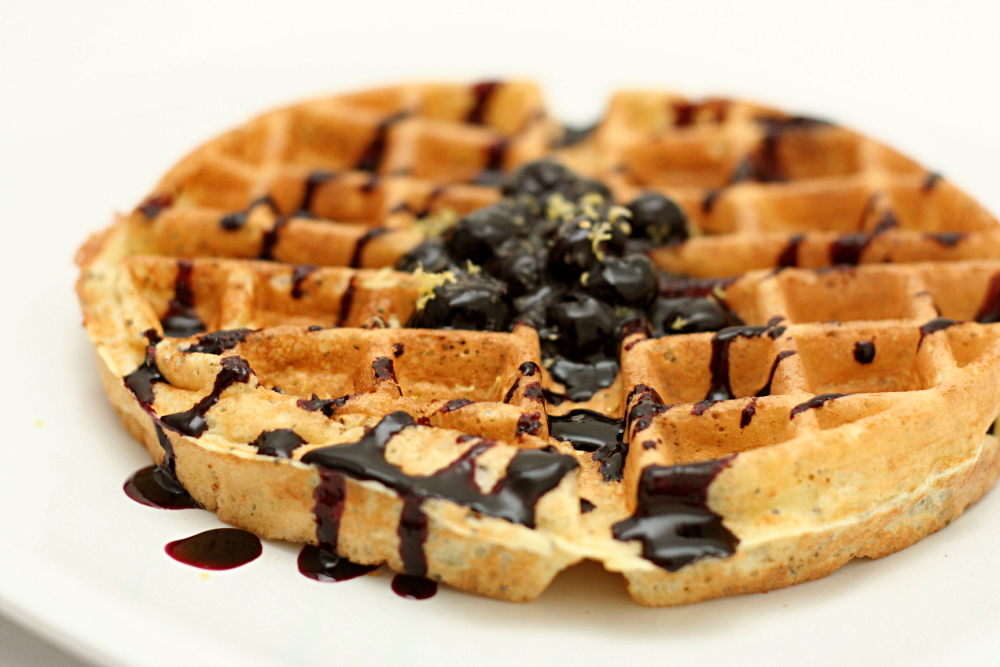
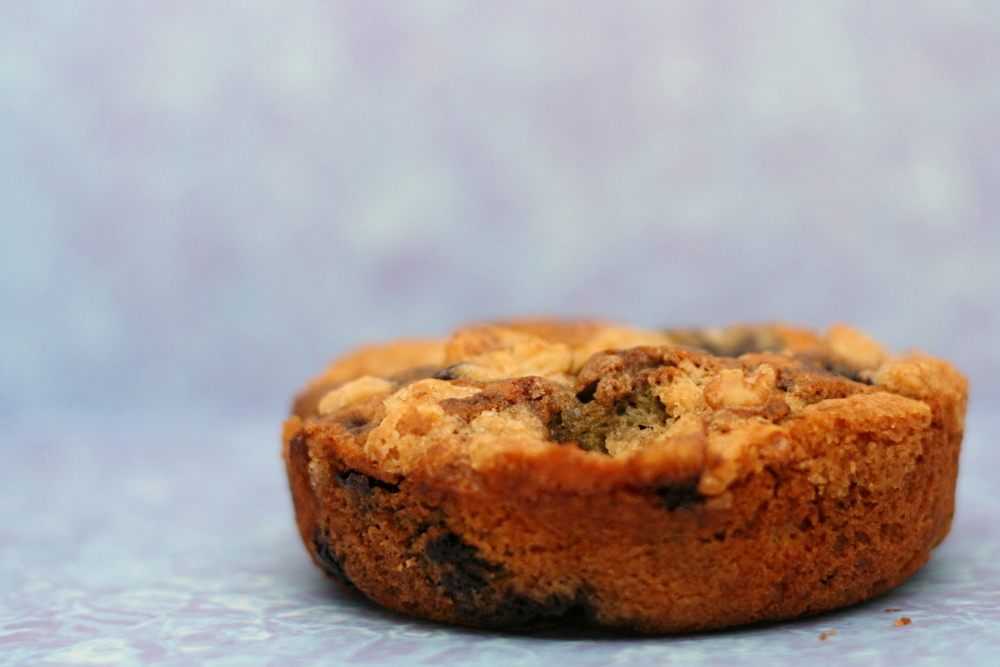
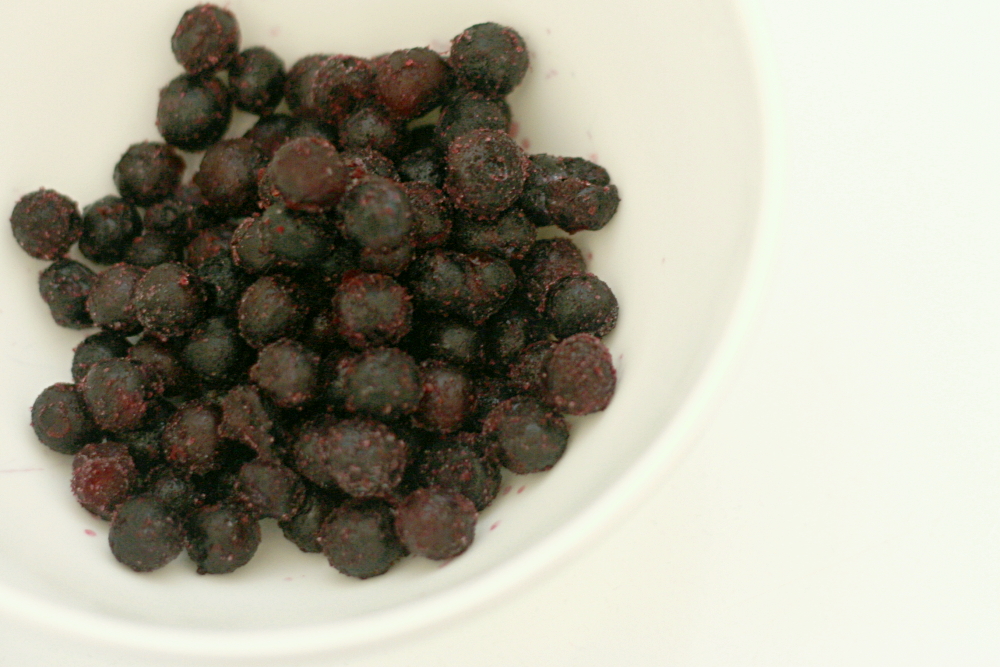

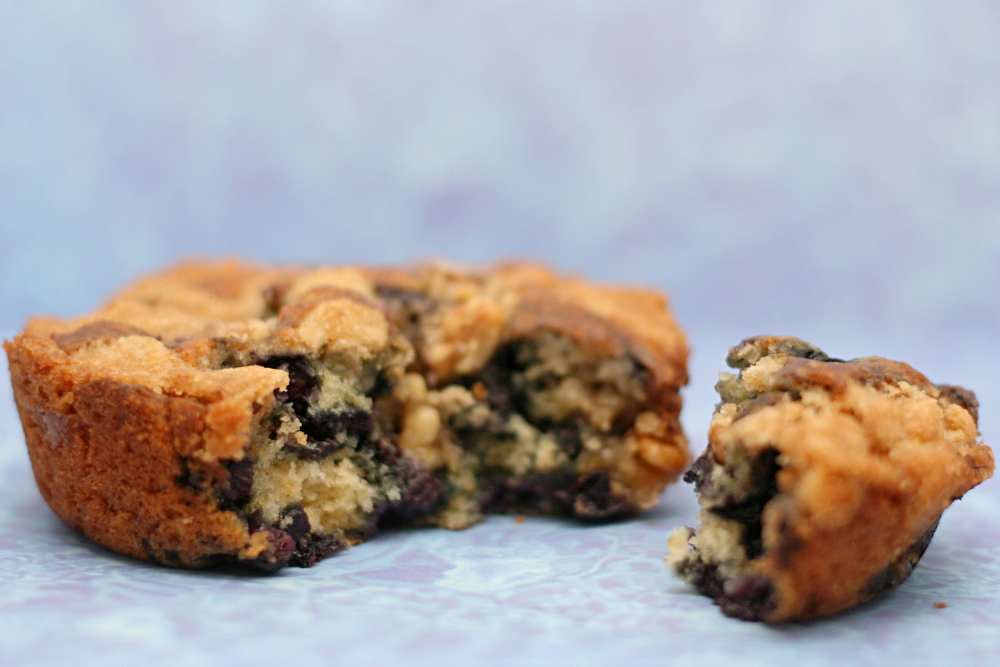
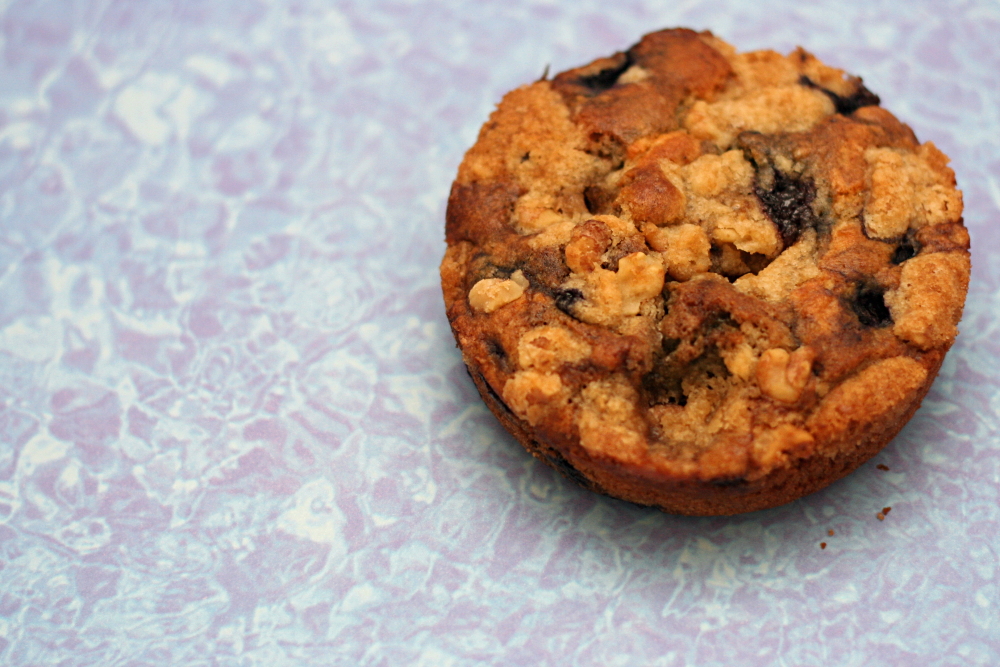


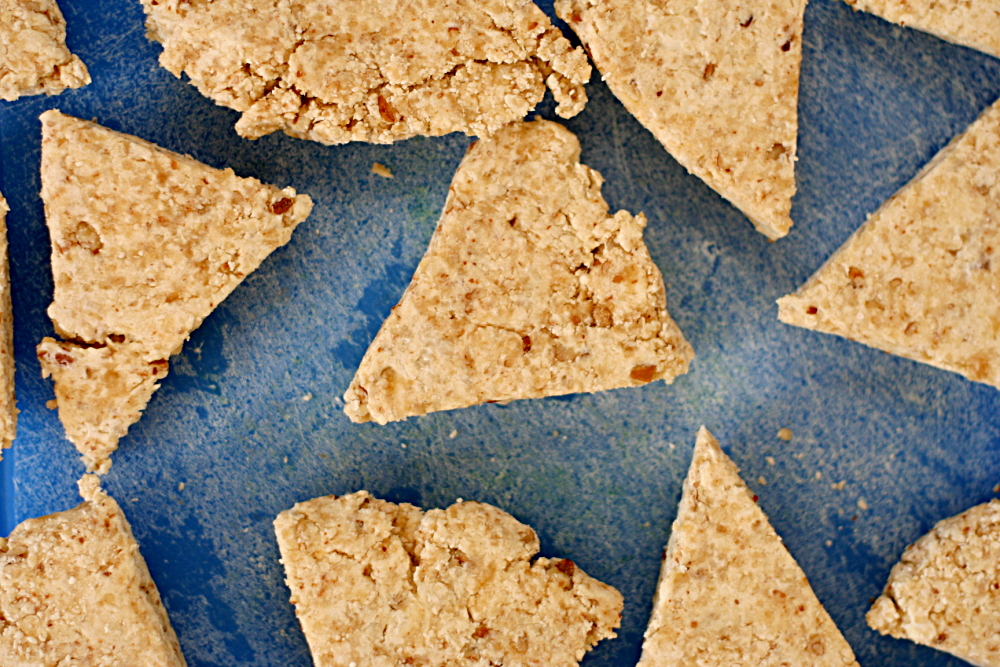


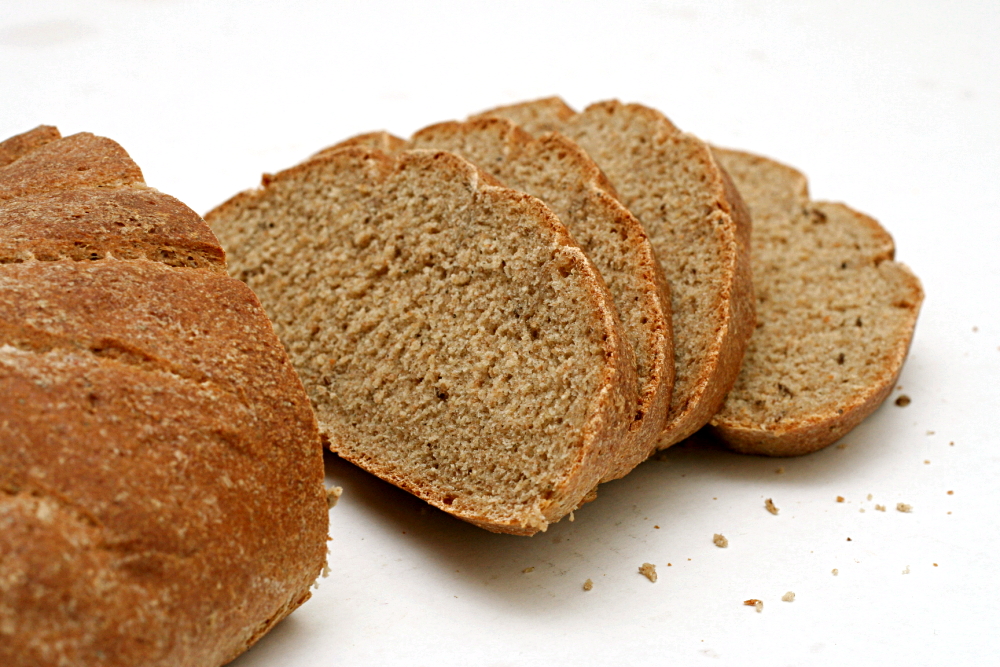
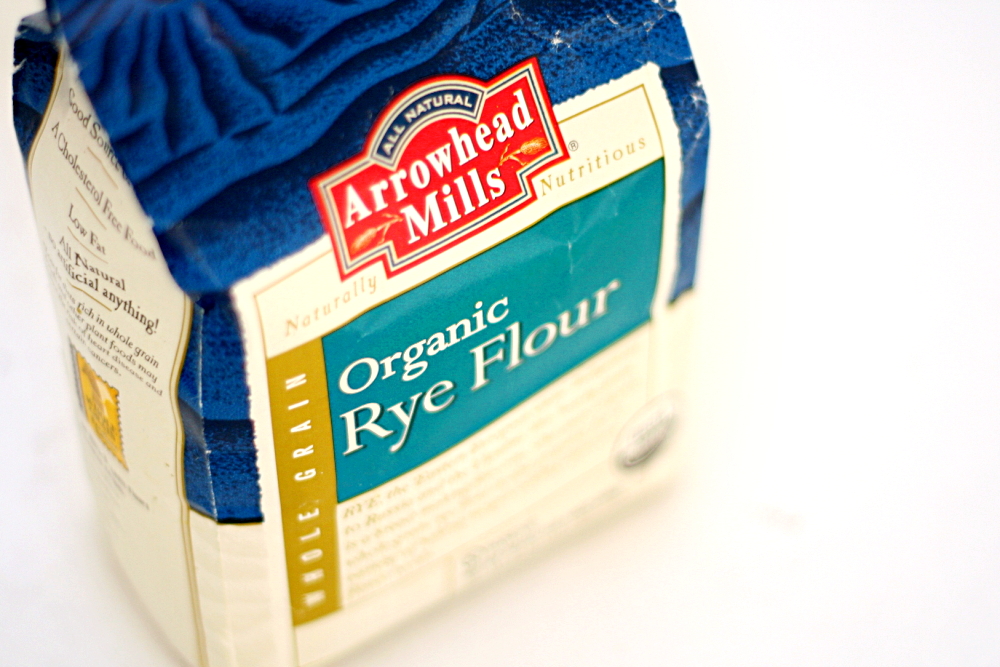

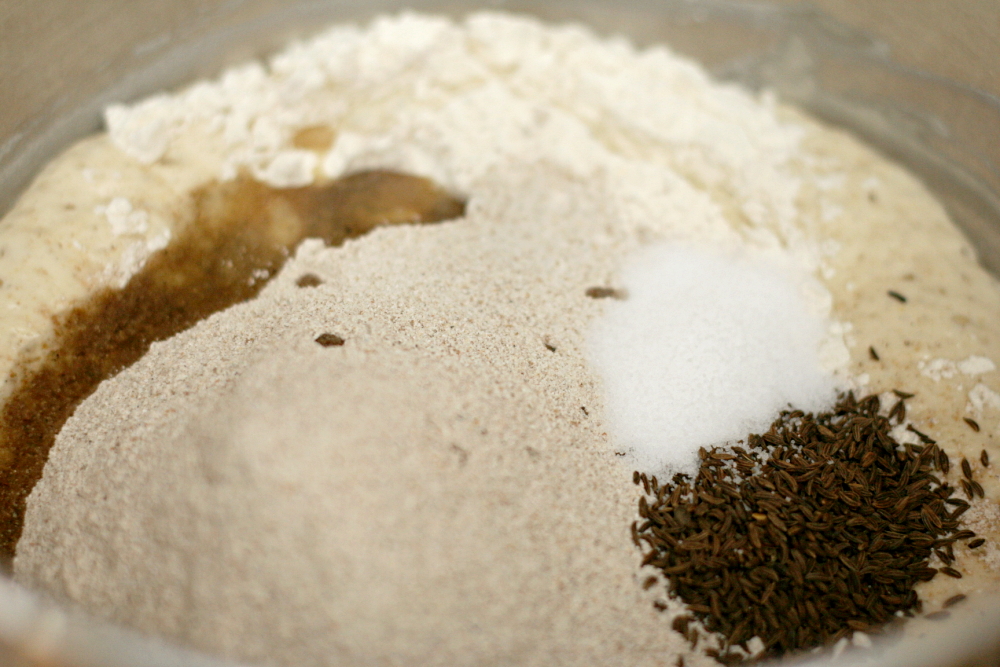
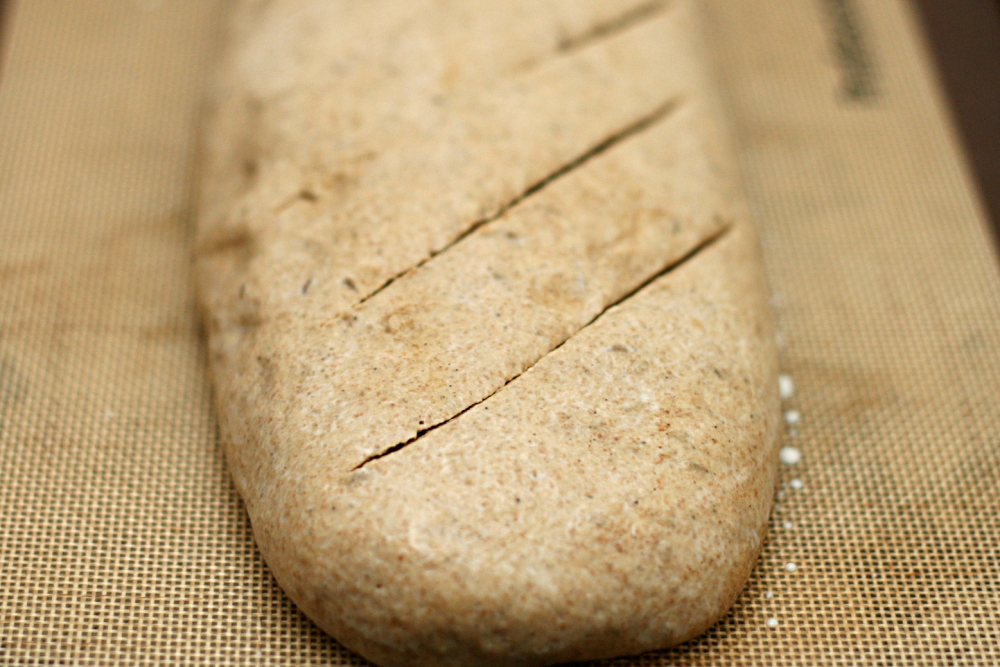
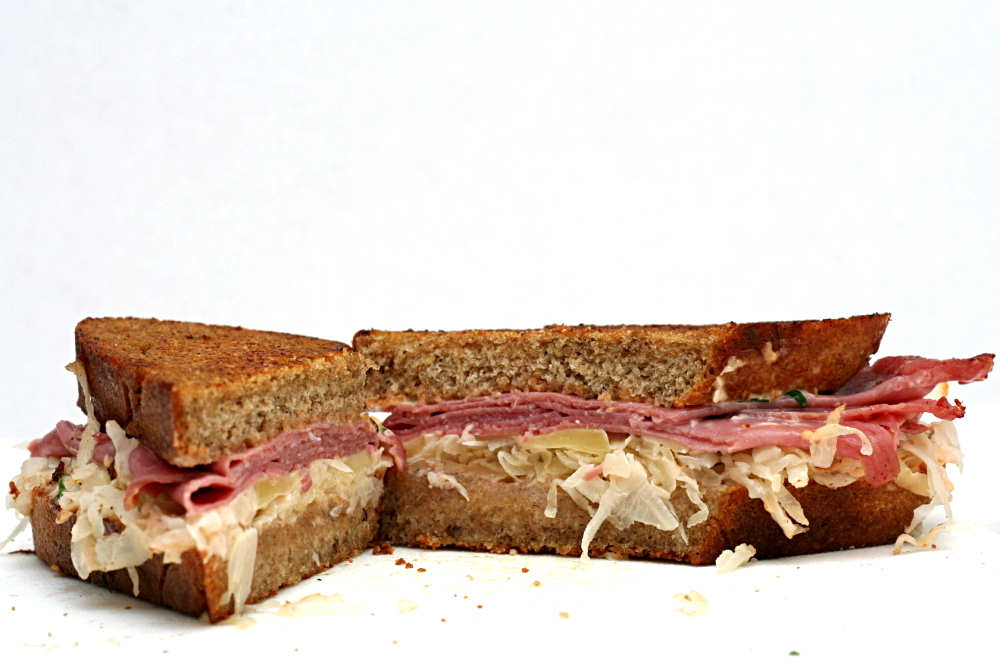
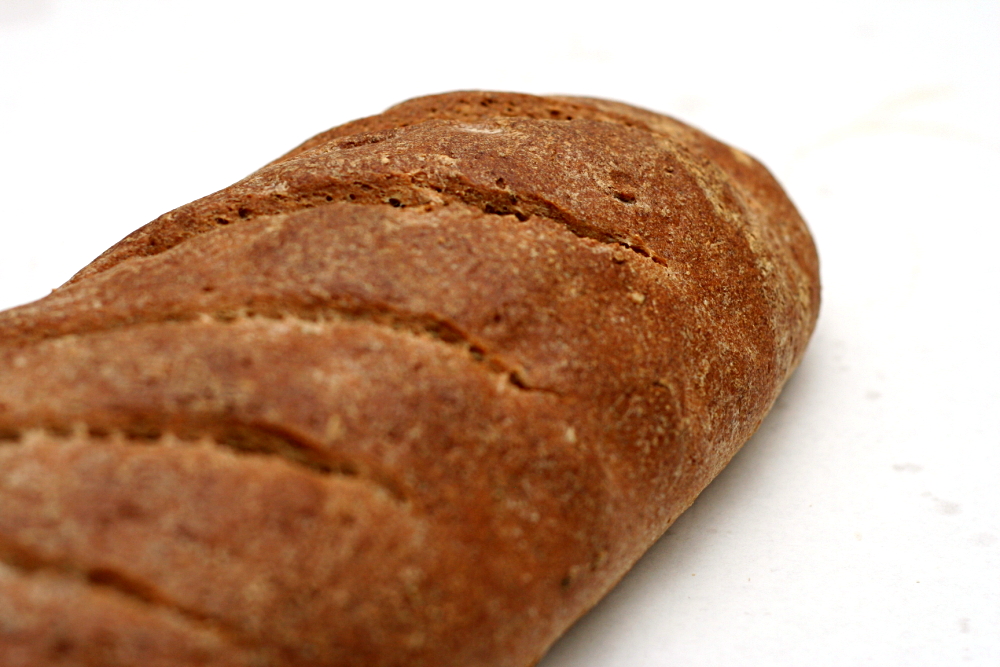






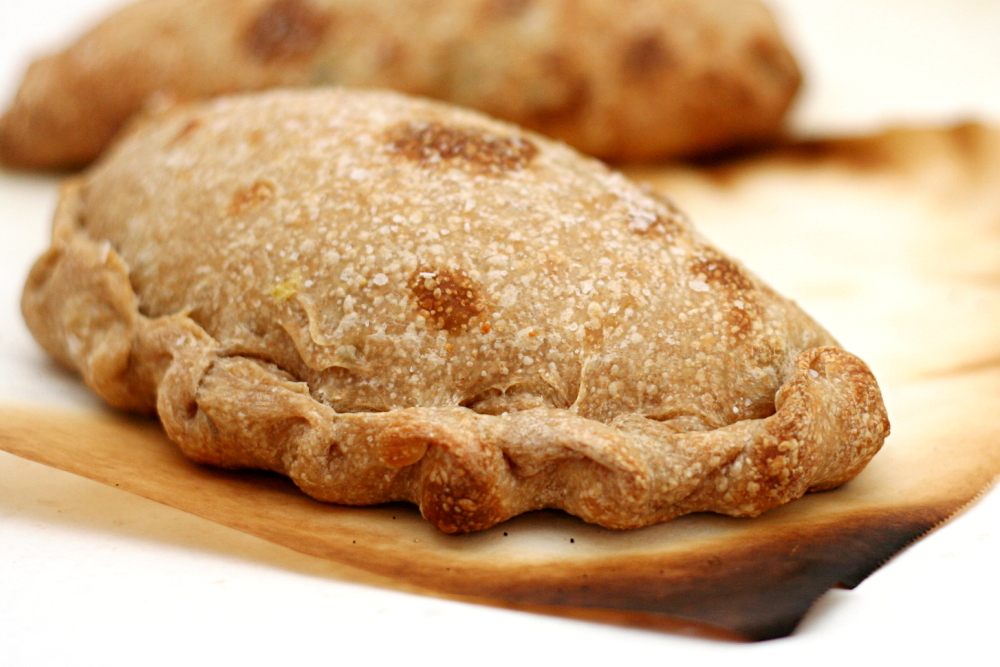
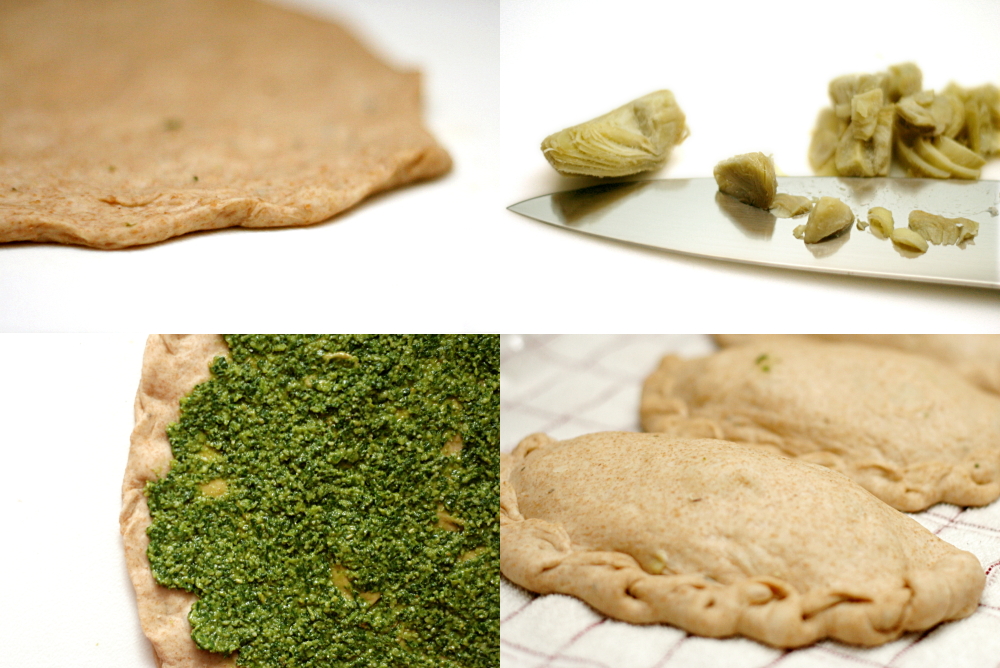
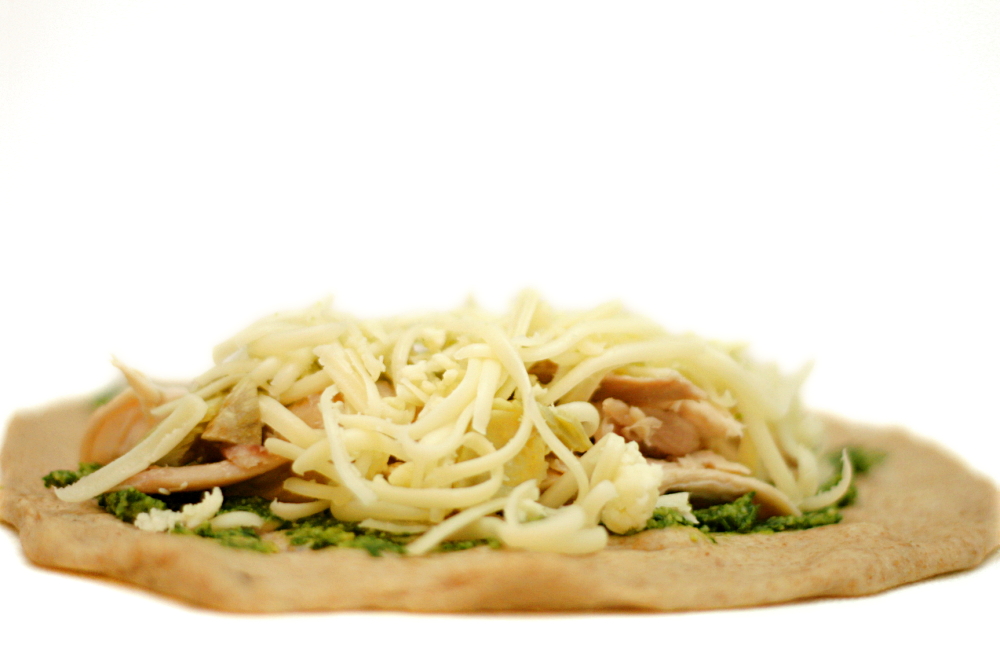
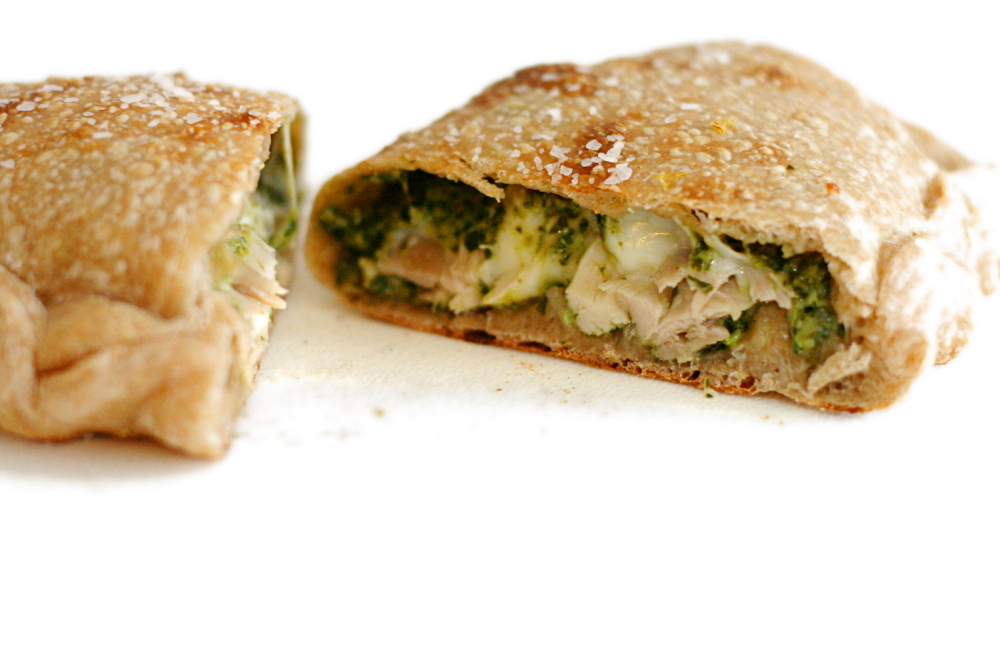
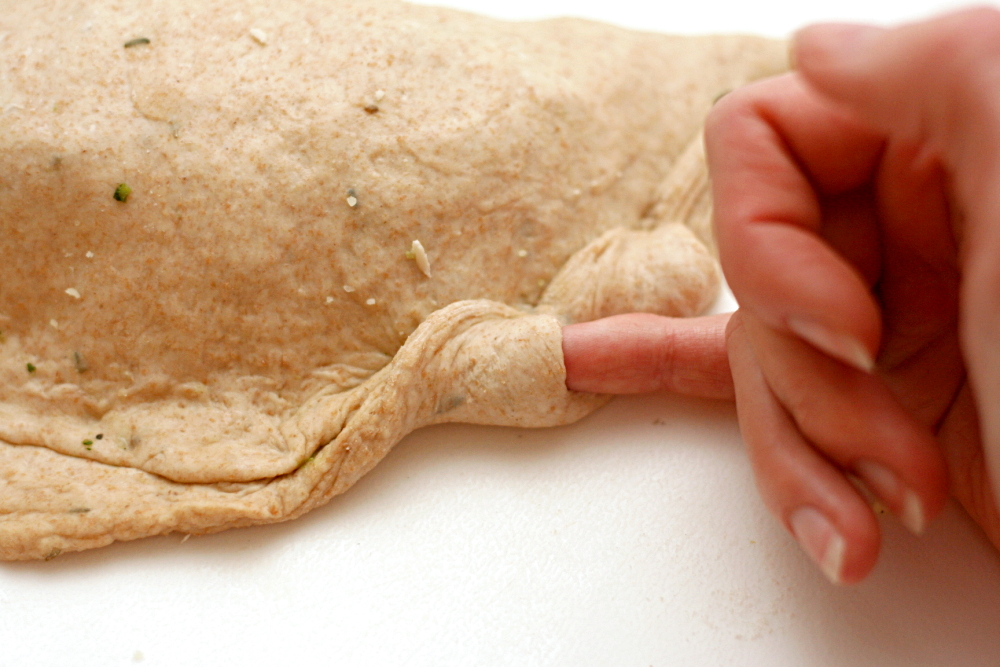
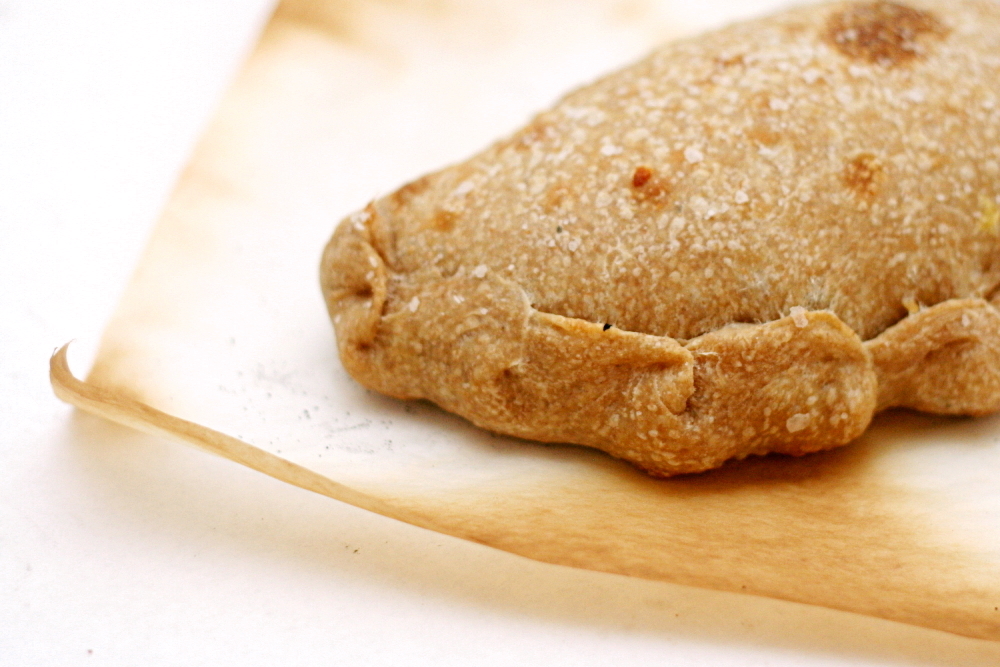

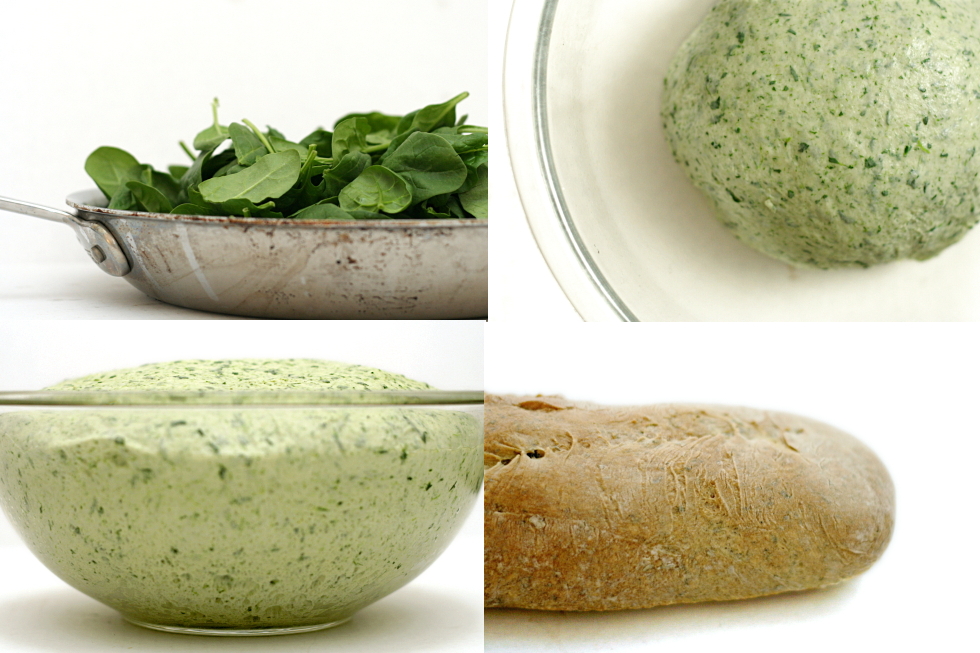
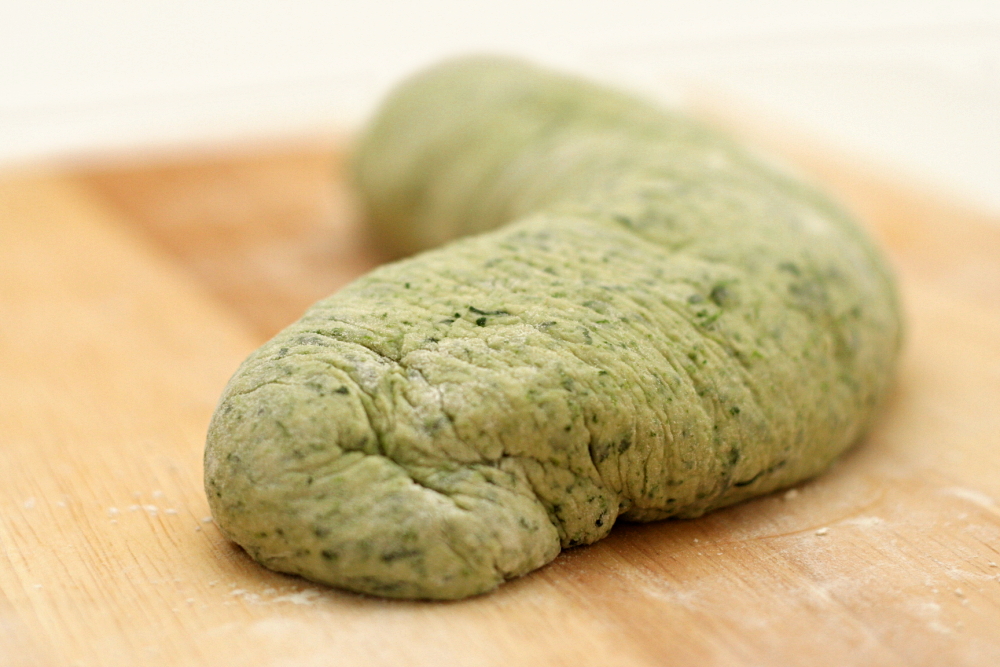 (I didn’t bake it like this; I was just enjoying the caterpillar resemblance.)
(I didn’t bake it like this; I was just enjoying the caterpillar resemblance.)

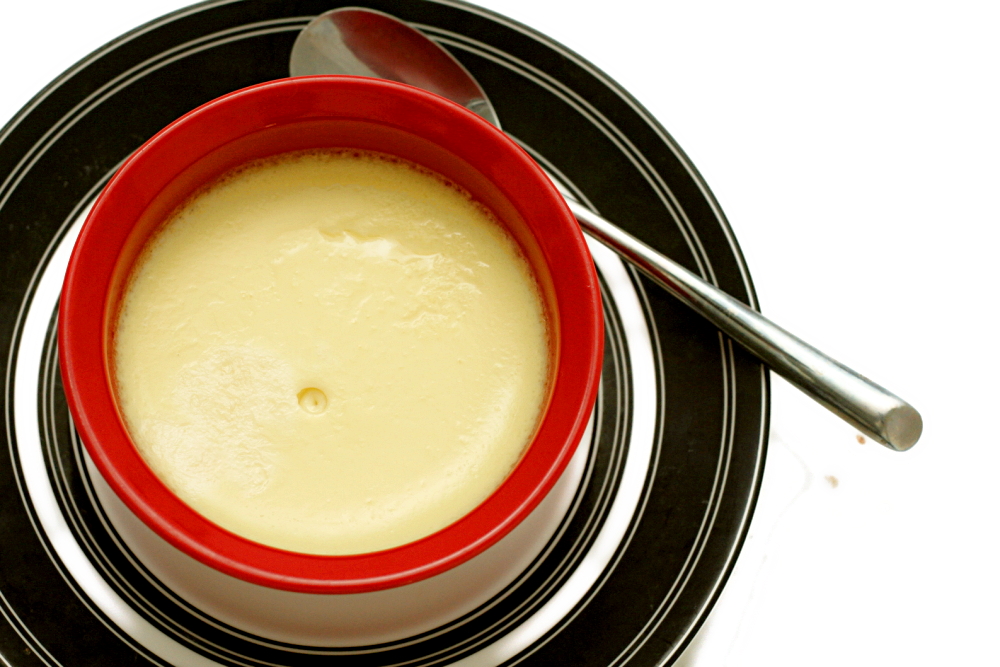
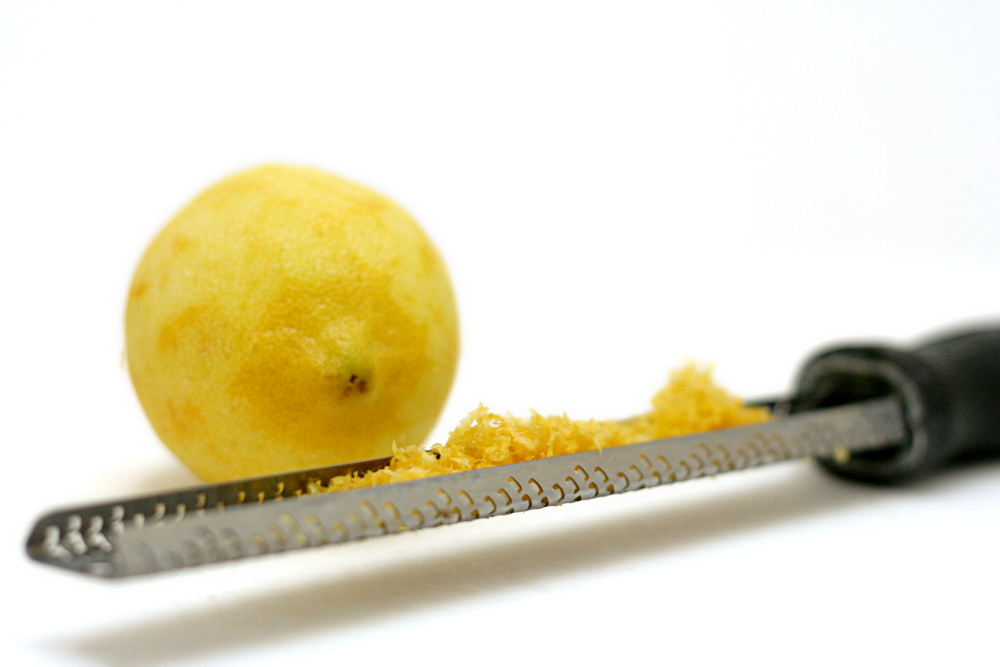

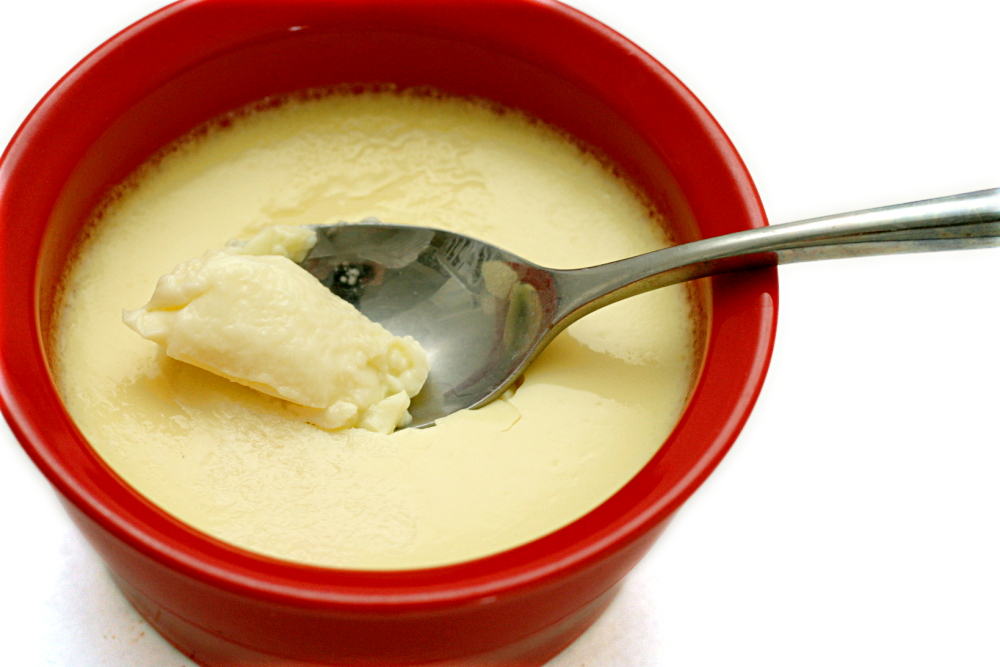




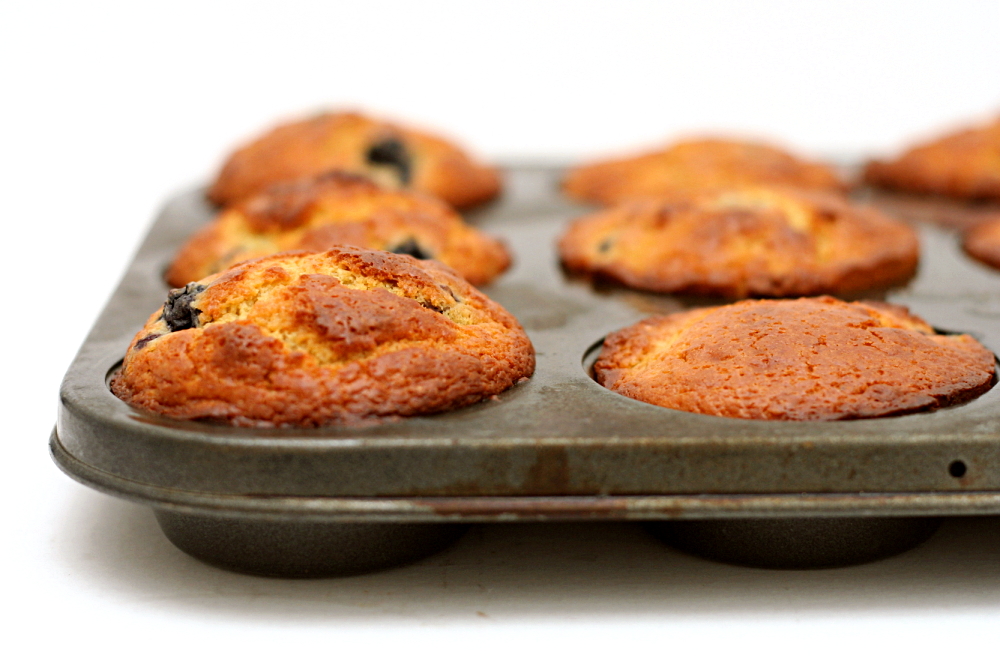 left – bottoms only; right – whole cup
left – bottoms only; right – whole cup left – whole cup sprayed; right – bottom only
left – whole cup sprayed; right – bottom only left – whole cup sprayed; right – bottom only
left – whole cup sprayed; right – bottom only




